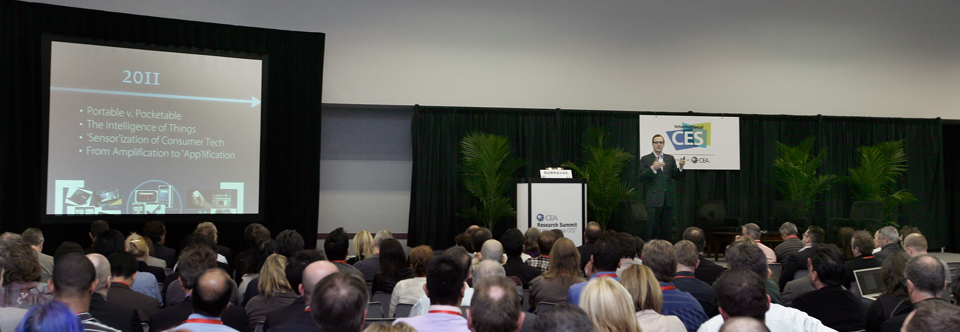Technology is transforming logistics and transportation in stunning ways.
Did you know human reaction time is around 100 milliseconds? And prior to 5G, the best we could hope for from a wireless network was around 200 milliseconds of latency. Fast, but not fast enough for remote operators who are working with millimeters of precision. But a new 5G system powered by Huawei and Vodafone is able to deliver data with just 8 milliseconds of latency. Operators are now able to move hundreds of millions of freight with the simple convenience of dual joysticks in what looks like the world’s most expensive RC toy.
This is not some distant, theoretical future. This is happening now at Europe’s newest intermodal transport terminal. The East-West Gate (EWG) railway terminal is located in Fényeslitke, a small village near the Hungarian-Ukrainian border. EWG is not only Europe’s newest inland port, it is also one of Europe’s largest, with a capacity to handle millions of shipping containers per year. But what really sets EWG apart from other inland ports is its use of cutting-edge technology including sensors, private 5G networks, artificial intelligence, automation, and digital twins.
Moving shipments between Asia and Europe is challenging because railways in each continent use different size standards. Much of Europe uses the standard gauge, sometimes called the Stephenson gauge, which is 1,435 millimeters wide, while the dominant track gauge in former Soviet Union countries like Ukraine is the broad gauge which is 1,520 millimeters wide. The difference between the two is only about three inches but it is enough to make the rail networks incompatible with each other. Any freight moving between the two continents has to be offloaded and reloaded, or put onto trucks to continue the journey further into Europe.
The process of transloading cargo between trains has historically been a time consuming, labor-intensive process. But technology being used at the EWG terminal is enabling new processes and workflows that are introducing significant improvements to the world of logistics and transportation. On a recent trip to Hungary, I got to see this future firsthand.
Digitization and ‘Data’fication play a pivotal role from the moment trains arrive at the facility. As trains enter and exit the railyard, they pass through an OCR (Optical Character Recognition) gate which produces a 3D scan of each and every railcar. The system can identify and read relevant information on containers and generate and store photos for effective damage claims management. These data are also used to create real-time digital twins of each and every train. The digital twin data enhances throughput efficiency by identifying the exact position of every container and correcting possible operational or input mistakes made earlier in the train’s journey.
The real magic of the facility starts to unfold when cargo transloading begins. Massive orange cranes move containers between trains sitting on parallel tracks – one standard gauge and one broad gauge. But these cranes are unlike ones in other inland ports that require operators to physically sit high up in the crane. These cranes are operated by remote operators working in the friendly confines of a nearby office. Each of the cranes is equipped with 20+ high-resolution cameras and 5G connectivity that together provide the remote operators with a real-time view. The cranes also use AI, sensors, and advanced technology to operate with a high degree of accuracy and speed.
Operating a crane remotely requires large bandwidth to move high-res images to the operators. It also requires low latency and low network jitter, or the change in latency, to accurately control the crane’s movements in real-time. While everyday consumers are most concerned with downlink bandwidth, for industrial applications like this one, uplink bandwidth is what really matters. All of this functionality is made possible through the private 5G network that enables wireless real-time control across the entire terminal.
EWG is the first terminal in Europe to control cranes remotely through 5G technology. 5G connectivity at the terminal also enables real-time tracking and management of cargo. This helps deliver more accurate forecasting of processing time and reinforces supply chain stability.
EWG also incorporates various sustainable attributes and will help achieve some of the EU’s climate objectives. The terminal relies on renewable energy sources like solar panels for power generation, while also implementing a rainwater harvesting system to minimize water consumption. Further, all vehicles operating within the facility are electrically powered. By transloading freight arriving from Asia from broad gauge trains to standard gauge, cargo can continue further into Europe via train instead of being loaded onto roadways. EWG can also load full trucks and conventional road semi-trailers onto rail which enables shifting freight traffic arriving at the EU border to rail, consistent with the EU’s climate objectives.
EWG points to a new future for logistics and highlights how 5G unlocks new forms of productivity and efficiency. The promise of EWG is found in the new infrastructure. But that new infrastructure is only unlocked through the power of 5G. For example, it is the change of the track layout that enables 5G to be valuable but the change in the track layout is only able to be valuable when combined with 5G.
Real transformation comes when technology and process change come together in new ways. It is system-level changes that unlock massive growth and in this case, a variety of technologies coming together in unique ways to create entirely new processes.
You can see more of the site in this video.


